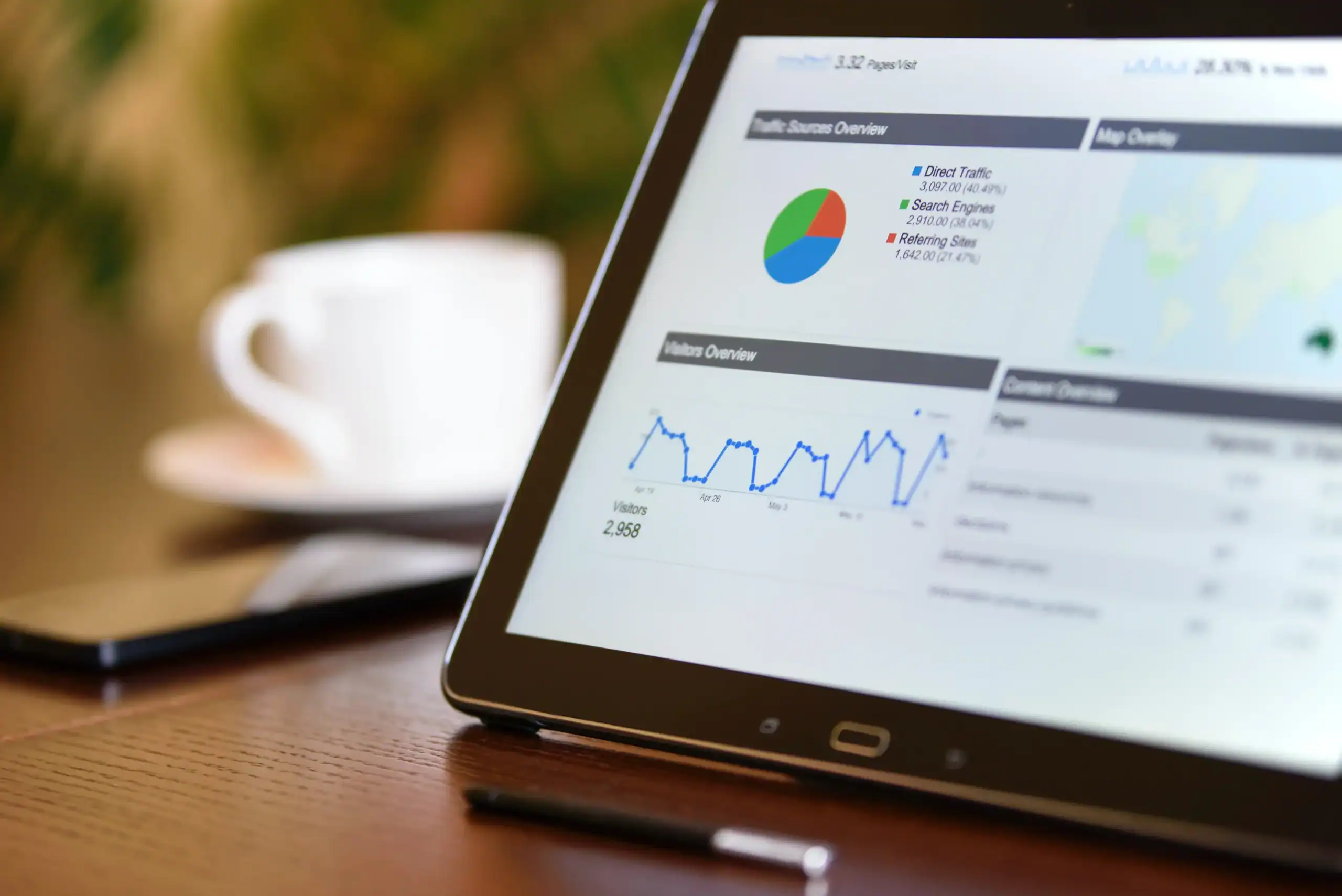Planning and Budgeting Beyond the Downturn
Matt Wallace
April 15, 2020
3 minute read

Predictive modeling during the budgeting process can better position your business to accelerate out of the downturn
What does the future hold?
Throughout the past several weeks, I, like many of you, have attempted to formulate a sound understanding of what the future holds: when will America (and the world) go back to work and what will it look like? The expert perspectives are incredibly diverse. The research, inconsistent. Why? Because they just don’t know. However, we do know what factors guide our personal and business’ sphere of influence. Your customers, suppliers, manufacturers, market potential – the factors immediately in your realm of control will help guide decision-making for your business’ future.
Business leaders are beginning to pivot
Many organizations throughout our nation have had to make excruciatingly tough financial decisions in recent weeks. Layoffs, furloughs, delayed payments, empty offices – all part of defining this “new normal.” And our organization has not been immune. This downturn, while unprecedented on every level imaginable, presents unique opportunities to reinvent, reshape, and innovate for what’s next.
Entrepreneurs and corporate officers are transitioning from damage control into innovation mode. For the marketing and product development departments, this has been a very busy season. The close of Q1 and the beginning of Q2 has been equally busy in finance and accounting departments as they look to strengthen their business’ cash position and provide much-needed strategy and insight about weathering the downturn.
The here and now vs long-term forecasting
The CFO and finance departments have long overseen budgeting/forecasting for their organizations and can pull the requisite analytics and metrics to create the reports. Data and analytics have evolved, and many organizations still struggle with how to incorporate current information (excel spreadsheets, proprietary systems) with “future data” and how that will predictively impact their business. Businesses need agility now more than ever and to be able to continuously predict with some intelligence what their financial future holds.
Leveraging artificial intelligence and machine learning to run scenario planning can provide valuable insights to the 2021 budgeting process and model an outcome that considers the ripple effects of CV19’s impact. Data from across the supply chain, operations, sales, marketing, workforce, even commodities can all be fed into a predictive data model helping to identify potential opportunities for growth, risk mitigation, and revenue modeling. However, traditional predictive modeling based only on historical performance would be less accurate due to the anomaly of the CV19 crisis. This would need to be adjusted to include more heavily weighted parameters based on market trends, the stock market, unemployment and regional GDP. Once these additional variables are factored in, you can run models based on:
-
Relationship between indexes, market trends, and sales performance metrics
-
Scenario planning using the relationships between unit sales, supply chain, and profitability
-
Supply and demand planning and modeling
-
Workforce planning in preparation for the “rebound”
-
Running ad-hoc scenarios
-
Changes in supply cost structure and timing
Predictive data modeling is by no means infallible. It does, however, provide finance and operational leaders with forward-looking business intelligence and helps inform the budgeting process with a more realistic point of view. My hope for you is that 2021’s actuals notably outperform the models forecasted during this downturn.
Our data and analytics team lives for this type of impactful work. Let us know if you’d like to run some financial modeling scenarios through an AI-powered predictive engine.












